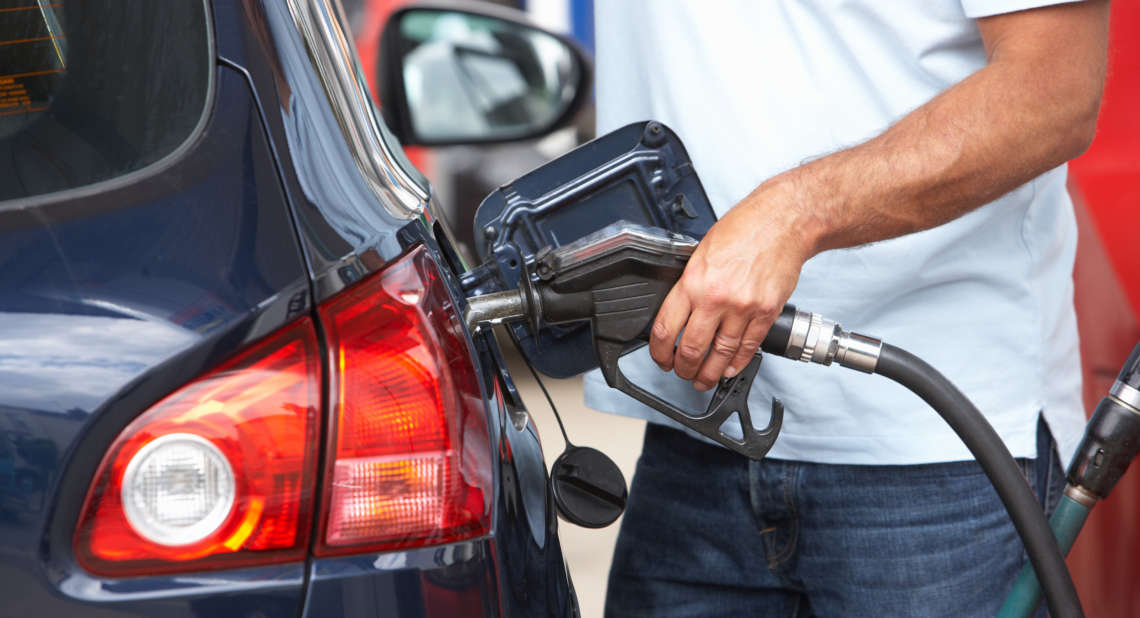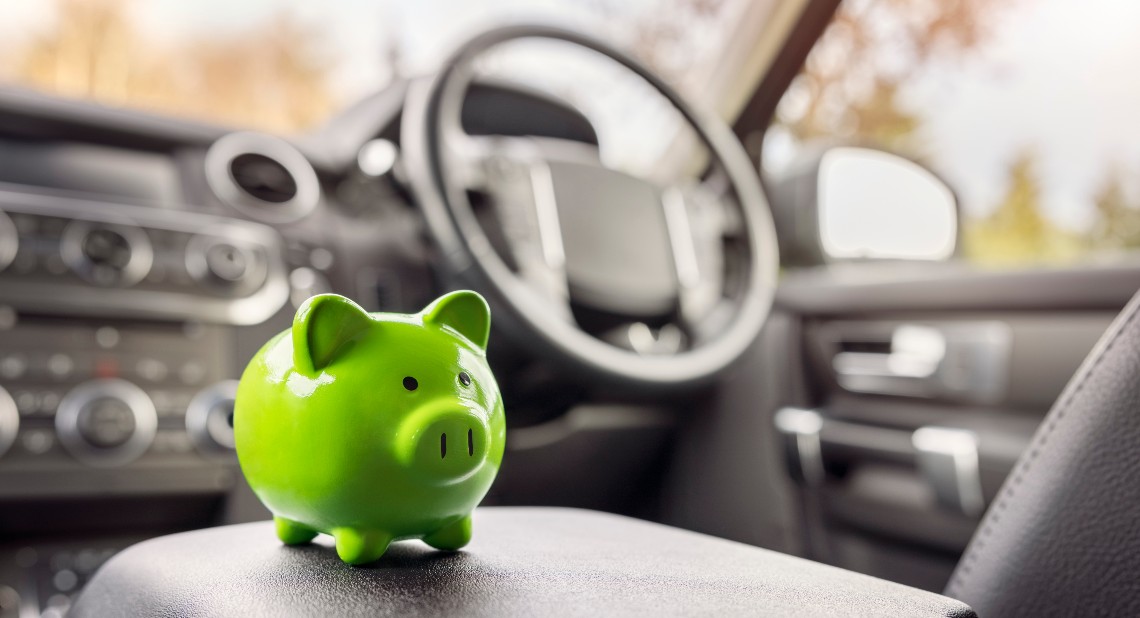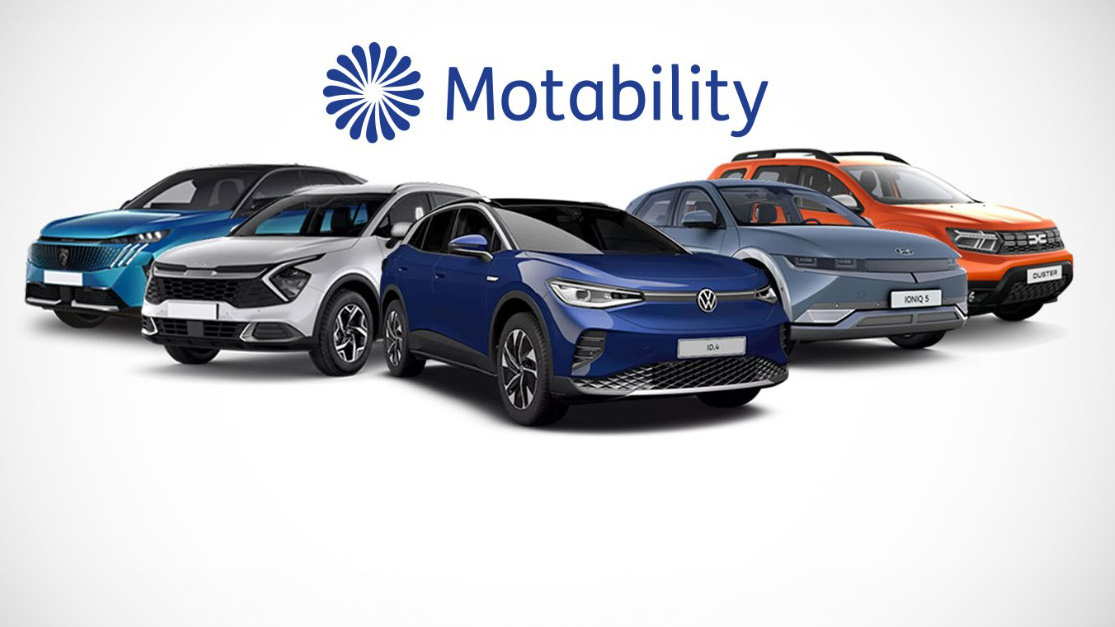Eagle-eyed Motability Scheme customers may have noticed fuel economy figures are lower than they used to be. In this article, motoring journalist Richard Aucock explains all you need to know on this topic.
Being unable to match the claimed fuel economy figures for your car has long been a frustration for motorists – but new regulations aim to solve the issue
For many Motability Scheme customers, economy is a very important part of their car-buying criteria. Cars that drive more miles per gallon of fuel (mpg) will cost less to run. Some customers may decide to rent one car over another because of its better mpg figures.
It is therefore extremely disappointing when the car fails to meet these claims in practice. It can mean spending hundreds of pounds more per year on fuel than expected, and can be a cause of significant user remorse.
Here, we explain just how fuel economy tests are carried out – and how car manufacturers are working to make them more accurate.
How are official fuel economy tests carried out?
Fuel economy tests are carried out in a temperature-controlled lab, not on the road. They have to be completed before the car is legally allowed to go on sale.
The car is placed on a rolling road and driven in an exacting way that is highly repeatable. Only a standardised lab test allows consumers to accurately compare different cars.
The idea is to take all variables out of the equation, such as windy weather and excessively cool or warm temperatures. The climate is strictly controlled and if the driver doesn’t run the test within strict parameters, it is voided and has to be repeated.
Interestingly, actual fuel consumption isn’t measured. Instead, the vehicle’s tailpipe CO2 emissions are analysed, and fuel consumption calculated from these. It’s why cars with low CO2 figures offer better mpg.
What is a WLTP fuel economy test?
‘WLTP’ stands for Worldwide Harmonised Light Vehicle Test Procedure. That’s a real mouthful, which is why everyone refers to the test as WLTP.
It’s mandatory in Europe only. Despite the name, it’s not worldwide, with the US following different standards (although the original aim was for a global test).
If you look at the small print below the fuel economy specifications for new cars, you’ll see mention of the WLTP test. This is significant: it means economy figures are more accurate than they have been in decades.
Why was the old test so unrealistic?
The old test was called ‘NEDC’, or New European Drive Cycle. It was devised in the 1980s and was based on theoretical driving, rather than any real-world assessments. It was left unchanged for years and, as cars became more sophisticated, started to become less and less representative.
The impact of options wasn’t factored in – cars with air conditioning were allowed to run with it turned off, for example (because not many cars had air-con when the test was devised).
The NEDC test was also just 20 minutes long, with a maximum speed of 74mph, and two-thirds of it conducted at urban-style lower speeds. The total test distance was a mere 6.8 miles. Even the controlled temperature was a positively balmy 20-30 degrees Celsius (cars are more efficient in warm weather).
WLTP has some significant upgrades to make it more realistic. Vehicles are obliged to reach 81mph and the average speed is almost 30mph instead of 21mph. Nearly half the test is conducted on faster, non-urban-style roads, and there are twice the number of ‘phases’ in the test to replicate different driving styles.
Air conditioning and climate control are turned on, the temperatures are much cooler, and the total test distance is over 14 miles – taking 30 minutes, rather than 20. Completing the full range of tests can now take up to five days for carmakers.
When did WLTP come into force?
WLTP has been live since 2017. By 2018, only new cars tested to WLTP standards could be sold in Europe. The UK government has taken a little while to catch up, though, and it was only in April 2020 that the British vehicle tax system moved over from NEDC to WLTP figures.
This means vehicle tax is now based on CO2 emissions conducted under WLTP testing – and the colour-coded new vehicle display sheets you see in car showrooms are also measured to WLTP standards.
You’ll notice this right away if looking at a newer version of a car you already drive. Fuel economy and CO2 emissions may have increased significantly, which might suggest the newer car will be less economical than your current one. But don’t worry.
Does WLTP make my car less economical?
WLTP will have no impact on your real-world fuel economy. It simply means the stated figures on the manufacturer’s website and model brochures will be more realistic – and better represent what you’ll achieve on the road.
How do I make sense of WLTP figures?
If you look in the back of a new car brochure, you’ll see five fuel economy figures listed under the new WLTP regime: low speed, medium speed, high speed, extra high (this is very aggressive and speedy driving) and combined. The combined figure is the broad-based average, and the other figures give a good indication of expected economy in particular scenarios.
In terms of CO2 taxation, the combined figure is used. This is also the figure most often quoted by vehicle manufacturers.
Why is WLTP significant for me?
The switch to WLTP all sounds a bit like gobbledegook, but it has real-world significance for all of us. It means that if a car’s spec sheet says it should do 40mpg, there’s a far greater chance you’ll manage that in real life.
Early tests by consumer organisations showed real world fuel economy compared to NEDC tests could be nearly 25 percent lower. With WLTP, the difference is less than five percent.
It means your next Motability Scheme car can be chosen with confidence that the fuel economy stated will be near to what you actually achieve. For all of us keen to keep an eye on the pennies, that can only be a good thing.
About the Scheme
The Motability Scheme allows you to swap all or part of your mobility allowance to lease a brand new car, scooter or powered wheelchair. For more information about joining the Scheme, please use our eligibility checker and ask for a free information pack.
If you are thinking about joining the Scheme, or you’re changing your Motability Scheme car, check out our range of vehicles via the link below.
Related articles
What’s the real cost of having an electric vehicle?
Putting the wrong fuel in your vehicle: what happens and what to do next
What does fuel consumption mean?
![]()






